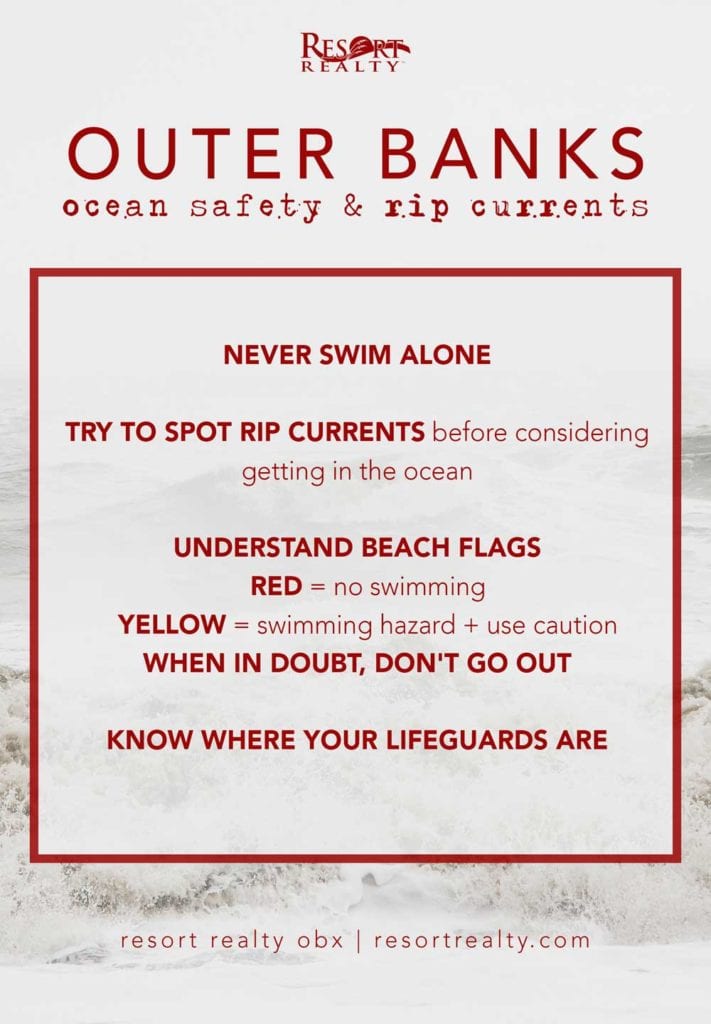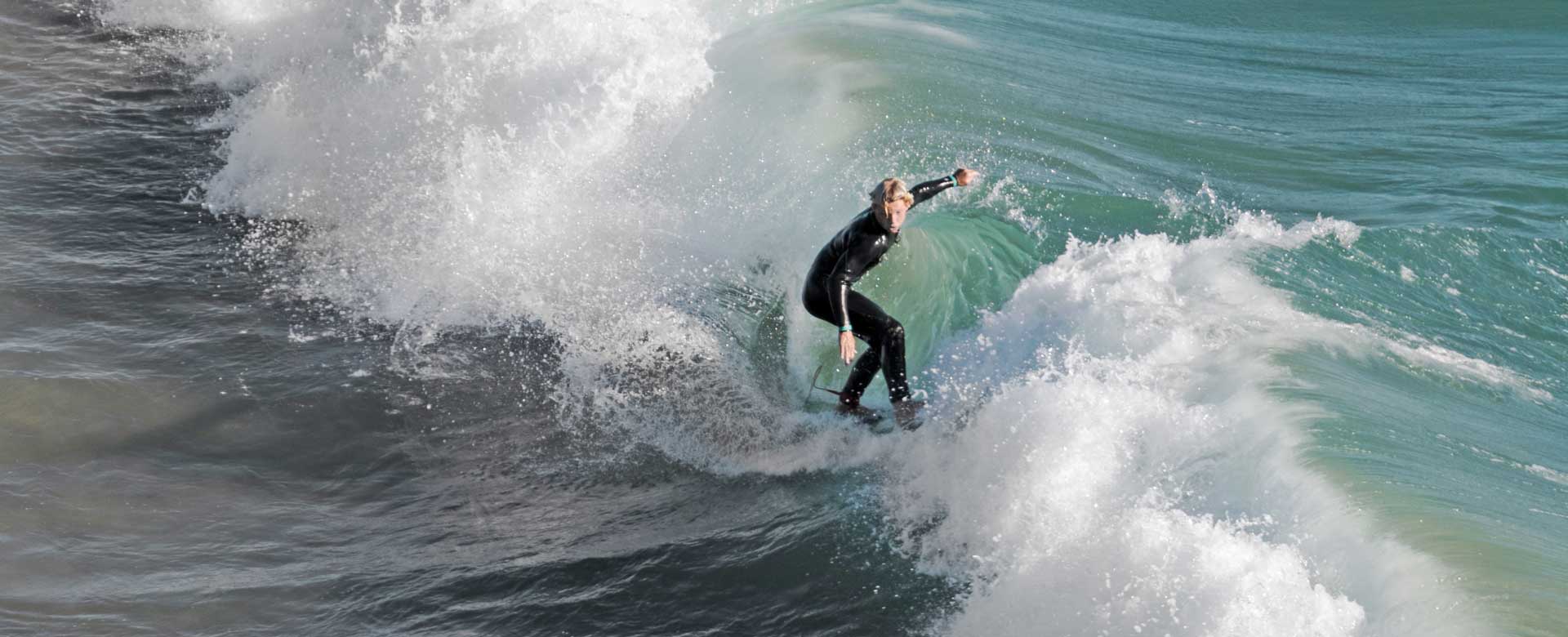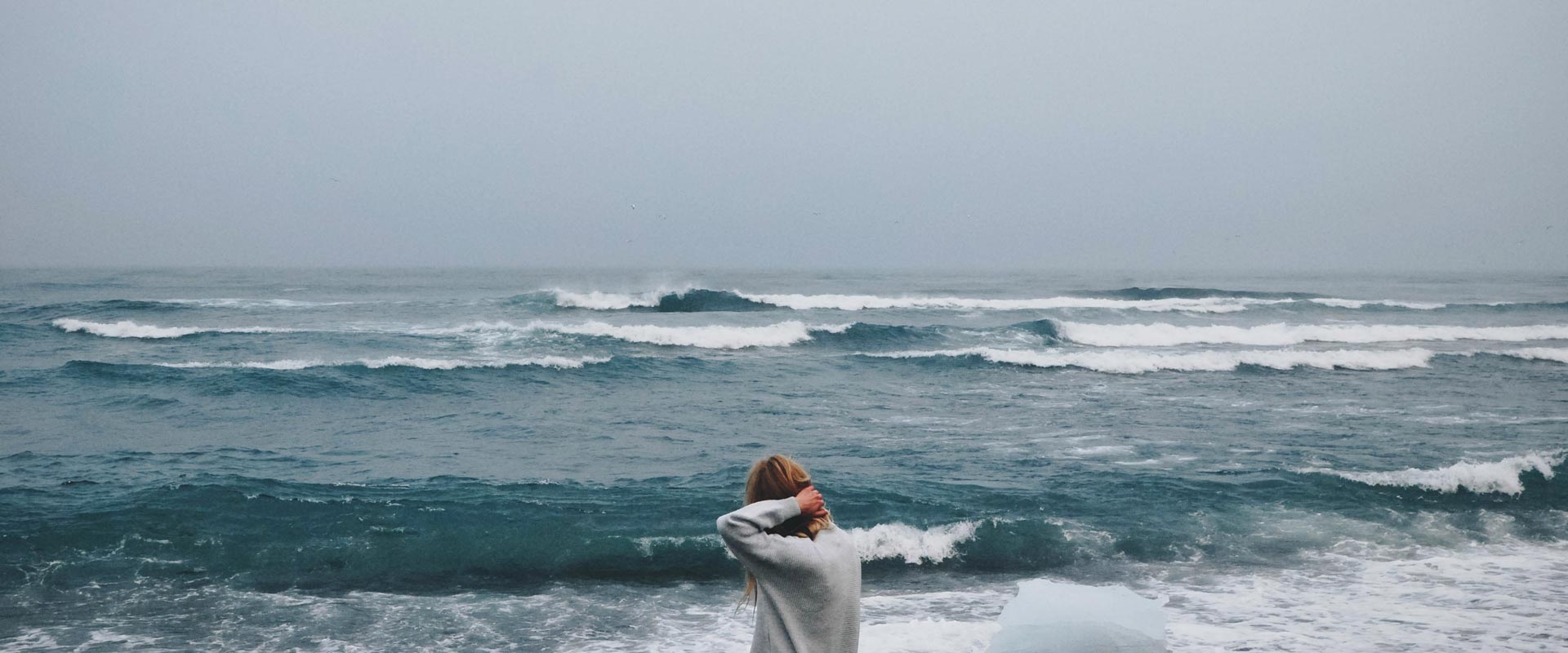Outer Banks beaches are among the top beaches in America (number one if you ask Forbes, but, no brag). It’s home to some of the best memories, fun stories, and endless ocean days. As fun as the ocean is though, it’s extremely important to practice ocean safety and awareness. The Outer Banks is also home to rip currents and it’s important to know how to spot them
What is a Rip Current?
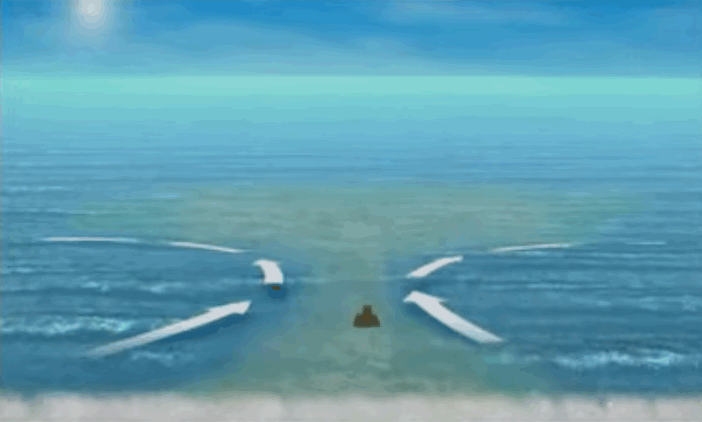
Rip currents are currents that can last a few hours or are permanent. These narrow currents that occur in the surf move quickly away from shore and can reach speeds of over 5 miles per hour. The average swimmer moves about 2 miles per hour. This makes rip currents dangerous and potentially deadly.
How Do I Spot a Rip Current?
On the Outer Banks, rip currents do not have to have large waves to form. You can spot a rip current in areas where waves aren’t breaking or where foam or seaweed are rapidly being pulled out to sea. It’s easier to spot rip currents from higher up like on the beach access deck or lifeguard tower. This video from NOAA goes into more details on what rip currents are and how to spot them.
What Do I Do If I Get Trapped in a Rip Current?
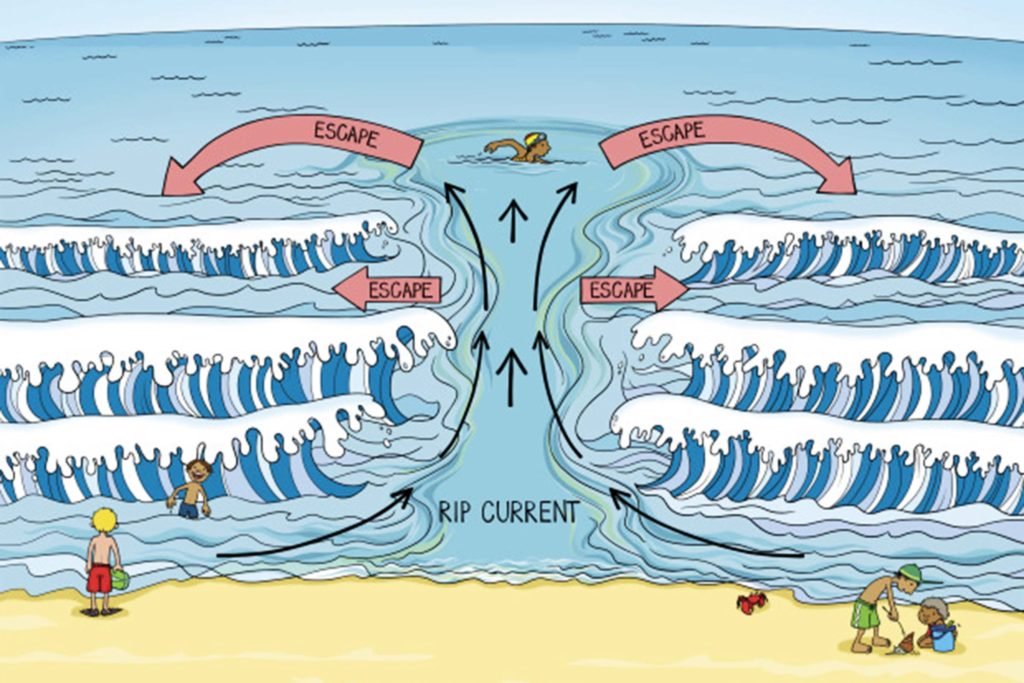
If you happen to get trapped in a rip current, do not panic. Don’t fight against the current. Stay calm and don’t swim directly back to shore. Instead, swim parallel to the shoreline until you stop being pulled. Then swim back to shore. If you are still unable to get back to shore, draw attention to yourself. Wave your arm and yell for help.
Quick Ocean Safety Tips
- Never swim alone
- Try to spot rip currents before considering getting in the ocean
- Understand beach flags; if it’s red, it means no swimming, if it’s yellow there’s a swimming hazard.
- When in doubt, DON’T GO OUT
- Know where your lifeguards are. There’s a helpful guide on Outer Banks Beach Access’ website that tells you the exact accesses that have lifeguards on duty.
